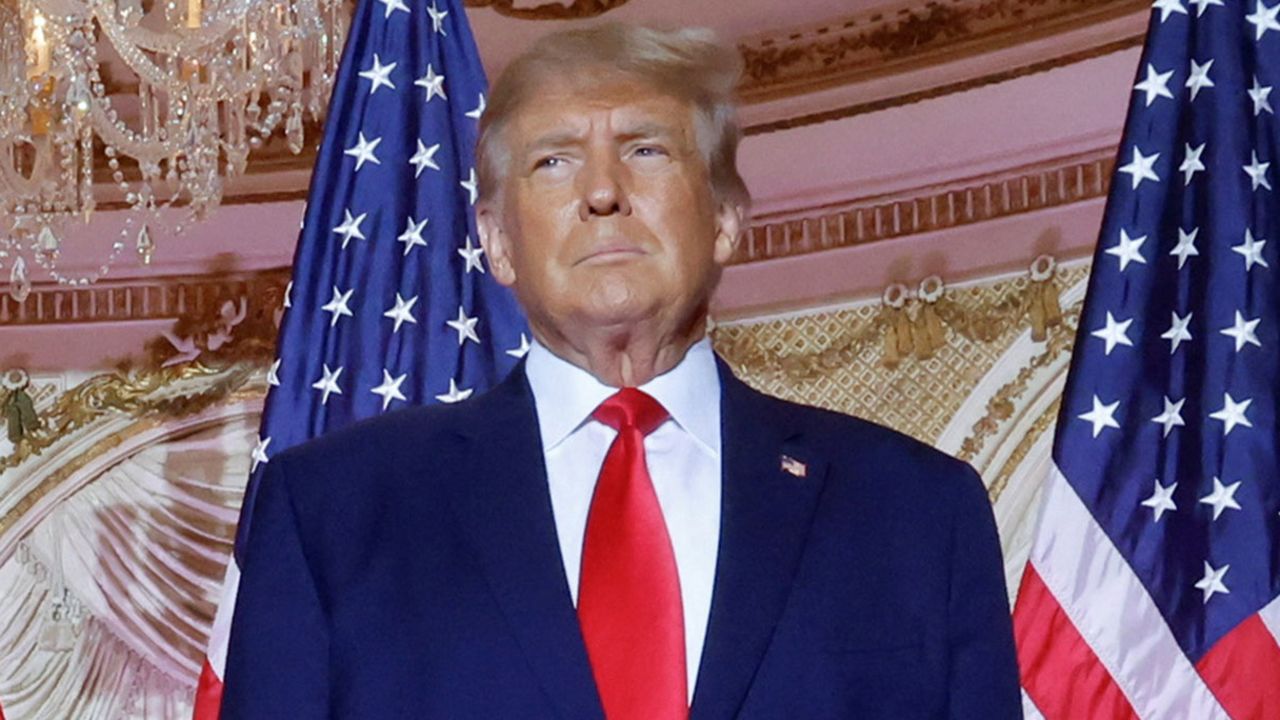Rising Gold Prices: A Reaction To Trump's EU Trade Threats?

Table of Contents
Gold as a Safe Haven Asset
Understanding Safe Haven Demand
Gold is traditionally viewed as a safe haven asset during times of economic uncertainty and geopolitical instability. Investors see it as a reliable store of value, a hedge against inflation, and a refuge from market turmoil.
- Investors flock to gold when other markets appear risky, seeking to protect their capital. This flight to safety is a well-documented phenomenon.
- Increased volatility in the stock market often drives increased gold investment. When equities are falling, investors often shift their assets into gold.
- Geopolitical risks, such as trade wars, contribute significantly to safe haven demand. The inherent uncertainty associated with these risks makes gold an attractive option.
Trump's Trade Policies and Market Volatility
Trump's aggressive trade policies, particularly his threats of tariffs and trade wars with the EU, have created significant market uncertainty. This uncertainty is a key driver of increased gold investment.
- Uncertainty about future trade relations increases market volatility. The unpredictable nature of trade negotiations creates a climate of fear and speculation.
- Investors react to this volatility by seeking the stability offered by gold. Gold's historical performance during periods of uncertainty makes it a preferred investment choice.
- The unpredictability of Trump's trade actions fuels investor anxiety. This anxiety translates directly into increased demand for gold as a safe and stable asset.
The Impact of the US Dollar
The Inverse Relationship
The US dollar and gold prices typically share an inverse relationship. A weaker dollar often leads to higher gold prices, and vice versa. This is because gold is priced in US dollars, so a weaker dollar makes gold cheaper for buyers using other currencies.
- Trade wars can weaken the US dollar as they create economic uncertainty. This weakening can make gold more attractive to international investors.
- A weaker dollar makes gold more affordable for international buyers, increasing demand. This increased international demand pushes gold prices higher.
- This interplay between the dollar and gold is a significant factor driving the current gold price surge. The weakening dollar is acting as a catalyst for higher gold prices.
Tariffs and Inflationary Pressures
Trump's tariffs can contribute to inflationary pressures, another factor influencing gold's appeal. Tariffs increase the cost of imported goods, leading to higher consumer prices.
- Increased prices for imported goods can erode purchasing power. Gold helps to protect against this erosion.
- Gold is often seen as a hedge against inflation, preserving purchasing power. Its value tends to rise alongside inflation.
- The potential for increased inflation due to tariffs enhances gold's attractiveness. Investors seek gold as a safeguard against rising prices.
Other Contributing Factors to Rising Gold Prices
Global Economic Slowdown Concerns
Beyond Trump's trade policies, concerns about a potential global economic slowdown contribute to gold's price increase. Economic uncertainty often leads to increased demand for safe-haven assets like gold.
- Slowing global growth increases uncertainty and boosts safe-haven demand for gold. A weakening global economy fuels investor anxiety.
- Central bank policies around the world also influence the gold market. Monetary policy decisions can impact gold prices significantly.
- Low interest rates globally can encourage investment in gold. When interest rates are low, gold becomes a more attractive investment.
Supply and Demand Dynamics
Analyzing the current supply and demand dynamics of gold provides a complete picture of price movements. Several factors influence supply and demand.
- Recent changes in gold mining production: Any decrease in production can contribute to price increases due to reduced supply.
- The role of jewelry demand in influencing gold prices: Strong jewelry demand, particularly from Asia, can drive up gold prices.
- Significant changes in investment demand for gold: Increased investment demand, spurred by factors like trade wars, significantly impacts gold prices.
Conclusion
While several factors contribute to the fluctuating price of gold, the escalating trade tensions between the US and EU, fueled by Trump's trade threats, play a significant role in the current rise in gold prices. The demand for gold as a safe haven asset, combined with the potential impact on the US dollar and inflationary pressures, explains much of the recent surge. Understanding these interconnected elements is crucial for investors navigating this complex market. Stay informed about the latest developments in US-EU trade relations and global economic conditions to make informed decisions about your investment in rising gold prices and gold-related assets. Monitor future trade policy announcements for potential impacts on the price of gold. Understanding the interplay between geopolitical events and the price of gold is vital for investors looking to capitalize on rising gold prices.

Featured Posts
-
 Holding On Jonathan Peretzs Journey Through Grief And The Joy Of Fatherhood
May 26, 2025
Holding On Jonathan Peretzs Journey Through Grief And The Joy Of Fatherhood
May 26, 2025 -
 Fujifilm X Half Camera A Hands On Experience Fun Fresh And Whimsical
May 26, 2025
Fujifilm X Half Camera A Hands On Experience Fun Fresh And Whimsical
May 26, 2025 -
 Flash Flood Threat For Pennsylvania Heavy Rain Expected Until Thursday
May 26, 2025
Flash Flood Threat For Pennsylvania Heavy Rain Expected Until Thursday
May 26, 2025 -
 La Semaine Des 5 Heures Sur La Premiere La Rtbf Confirme Sa Disparition
May 26, 2025
La Semaine Des 5 Heures Sur La Premiere La Rtbf Confirme Sa Disparition
May 26, 2025 -
 The World Of The Hells Angels An In Depth Examination
May 26, 2025
The World Of The Hells Angels An In Depth Examination
May 26, 2025
